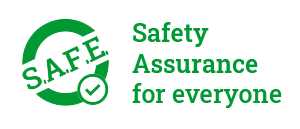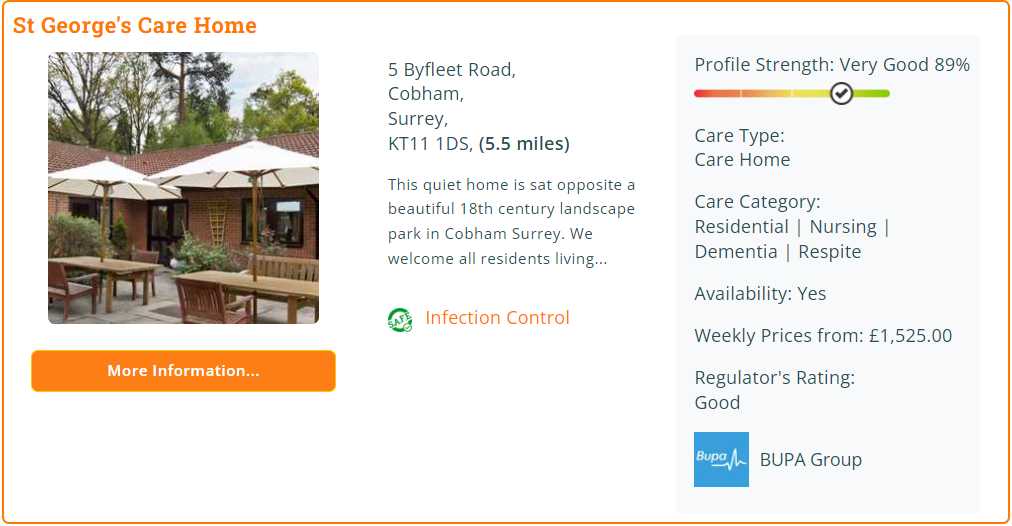

S.A.F.E represents an infection control goal that Autumna believes providers of elderly care are achieving and should be able to promote.

Whether its through better training of staff, easily available PPE supplies, or assistive technology and AI that allows regular, faster and more accurate symptom assessment, S.A.F.E aims to reassure people looking for elderly care, that the service they choose will employ the highest infection, prevention and control policies and procedures.

Firstly, at the moment, only care providers with a premium profile on Autumna can display the S.A.F.E badge. This situation may well change in the future as the S.A.F.E certification develops and more companies partner with Autumna to provide independent 3rd party validation.
If you have a premium profile on Autumna, you can display the S.A.F.E badge. Care providers can provide answers to a checklist of questions Autumna has asked about their infection, prevention and control (IPC) procedures.
It is not mandatory that care providers with a premium profile display the S.A.F.E badge. It is very much a discretionary decision.
Many care providers though, recognise the importance of using the S.A.F.E badge to reassure families looking for elderly care. Autumna has provided the third-party validation that makes this possible.
Our mission at Autumna has always been to enable families, who are looking for elderly care for their loved ones, to make the right choices. This means the information they need has to be displayed in an easy-to-navigate, easy-to-compare way.
Families looking for elder care need to be able to filter their searches by the things that matter to them.
Too often, the information that people have needed to make the right choices on later life care, has been hidden, or at the very least, published in a way that has made it difficult to find and to compare.
During the COVID crisis the one question everyone looking for elder care asked was:
“Are care homes safe?”
In the absence of any definitive published data, and through anecdotal evidence fuelled by negative media reports, the general conclusion they reached was:
“No. Care homes are not safe.”
Through our daily conversations with care providers in the social care sector, Autumna estimated that at least 60% of care homes had not had any residents with the virus, and many more were managing the virus well and were in control of the situation.
We feel that, if confidence in the safety of elder care services, and care homes in particular, is to be restored, then there has to be some sort of systematic way that a provider of elder care can counteract a negative publicity story with hard evidence.
As S.A.F.E develops, Autumna will publish reports on staff training – what qualifications social care workers have received in infection control.
It will detail any new technologies employed by a service that, for example, disinfects or eradicates bacteria. Technologies that allow service users, carers and visitors, to be easily tested for infection symptoms, with results transmitted immediately to relevant monitors.
Going forward we hope that people looking for elder care on Autumna, will be able to easily find the answer to the question:
“Will this care provider keep my elderly relative safe?”
10,326
Care Homes
12,243
Home Care Services
1,638
Live-in Care Services
1,832
Retirement Living Developments
Autumna is the UK's largest and most comprehensive later-life living & elderly care directory. Our detailed search facility and team of expert advisors can help you find the best care homes, nursing homes, retirement homes, retirement villages, home care, and live-in care services for you or your loved one's needs. Our website is free to use, we are proudly independent, and we never take referral fees.